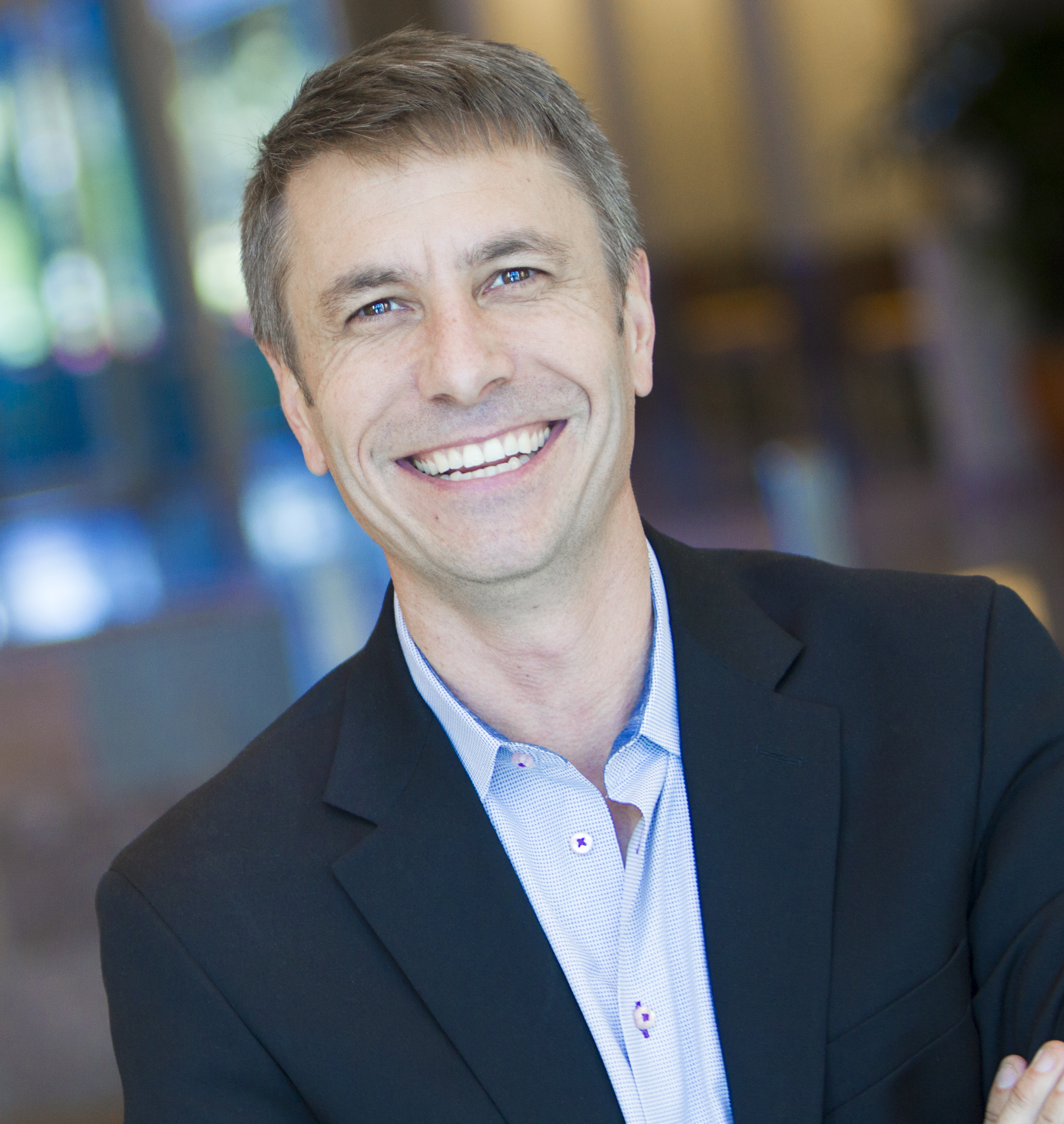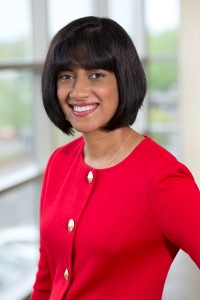Plenary Speakers
- 9:00-9:45am: Matt Grob (Executive Vice President, Qualcomm Technologies, Inc. and Chief Technology Officer): 5G: What Comes Next?
- 9:45-10:30am: Marcus Weldon (President of Bell Labs and Corporate Chief Technology Officer, Nokia): The Future of All Things and the Creation of Time. Talk Slides.
- 1:45-2:30pm: John Cioffi (Chairman and Chief Executive Officer, Assia and Professor (Emeritus), Stanford University): How Hot is your Spot?. Talk Slides.
- 9:00-9:45am: Yongxing Zhou (Vice President, Huawei Wireless Radio Access Technology Department): The Future Radio Access Technologies. Talk Slides.
- 9:45-10:30am: Chih-Lin I (Chief Scientist of Wireless Technologies, China Mobile): SDX: How Soft is 5G?
- 1:45-2:30pm: Asha Keddy (General Manager of Next Generation and Standards at Intel Corporation): 5G - Moving Towards Deployment
- 9:00-9:45am: Erik Ekudden (Vice President, Head of Group Technology Strategy and Chief Techical Officer, Americas, Ericsson): Innovation in the 5G Network Platform. Talk Slides.
- 9:45-10:30am: Gerhard Fettweis (Vodaphone Chair Professor at TU Dresden): Challenging the Wireless Terabit/s. Talk Slides.
- 1:45-2:30pm: Eric Starkloff (Executive Vice President of Global Sales and Marketing, National Instruments): A Platform Approach to 5G. Talk Slides.
John Cioffi

How Hot is your Spot?
Internet consumer quality of experience increasingly depends on connectivity to the spot of a consumer (or thing’s) device. This talk will provoke thought on emerging trends in software-defined network virtualization as related to connectivity, wireless and wired, and the rise of the virtual network operator predicted. The concept of net vitality as a real driver of competition and network investment in the balance between Infrastructure Providers and Virtual Network Operators. Substantial fractions of customers receive 0-10Mbps very often even with the best latest-standard Wi-Fi access points, mobile devices, and/or fiber/copper connections that claim speeds 100x or even higher. This talk will examine some of the issues in such performance and pose some technical avenues to motivation of their productive address within the context of virtualization.
Talk Slides
John M. Cioffi - BSEE, 1978, Illinois; PhDEE, 1984, Stanford; Bell Laboratories, 1978-1984; IBM Research, 1984-1986; EE Prof., Stanford, 1986-present, now emeritus. Cioffi founded Amati Com. Corp in 1991 (purchased by TI in 1997) and was officer/director from 1991-1997. He currently also is on the Board of Directors of ASSIA (Chairman and CEO), Alto Beam, Tinoq, and the Marconi Foundation. Cioffi's specific interests are in the area of high-performance digital transmission. Cioffi is the recipient of the IEEE’s Alexander Graham Bell, Kirchmayer, and Millenium Medals (2010, 2014, and 2000); Member Internet Hall of Fame (2014); Economist Magazine 2010 Innovations Award; International Marconi Fellow (2006); Member, US National and UK Royal Academies of Engineering (2001, 2009); IEEE Kobayashi and Armstrong Awards (2001 and 2013); BBWF Lifetime Achievement (2014), IEEE Fellow (1996); IEE JJ Tomson Medal (2000); 1991 and 2007 IEEE Comm. Mag. best paper; and numerous Conference Best-Paper awards. Cioffi has published over 600 papers and holds over 100 patents, of which many are heavily licensed including key necessary patents for the international standards in ADSL, VDSL, vectored VDSL, G.fast, DSM, LTE, and various Wi-Fi methodologies.
Erik Ekudden
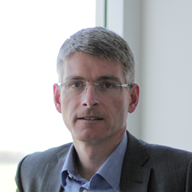
Innovation in the 5G network platform
Over the coming 10 years, the 5G ecosystem will allow every industry to move from an unconnected physical world to a fully digitalized and mobilized situation. With 5G we will move beyond smartphones, tablets and TV into a world of the IoT, smart meters, connected cars and potentially billions of other devices in other industries. The capabilities of 5G wireless access must extend far beyond previous generations of mobile communication. Examples of these capabilities include very high data rates, very low latency, ultra-high reliability, energy efficiency and extreme device densities,
5G will provide a common network platform - one physical network with multiple logical networks on top of it - that is dynamically set up in a secure way to give industries what they need. It will be able to connect any industry with any end point, whether a device, sensor or automobile.
We'll see new as-a-service business models based on this network slicing, which, in the context of 5G, will be like virtual networks on-demand. Workloads will also move further out in the infrastructure to support new use cases that require better user experience or higher efficiency, in what we call distributed cloud.
Distributed cloud will also be key to supporting the Internet of Things, which has developed in two primary ways. The first is through miniaturization, cloud solutions, faster processing speeds, and the dawn of big data and data analytics have allowed companies to benefit from real-time data collected from the physical environment. Second, decreasing component costs and cheaper data collection methods have altered the cost-benefit model, making IoT solutions feasible for more enterprises and industries.
Erik Ekudden is a Vice President at Ericsson and Head of Group Technology Strategy and Chief Technical Officer, Americas. Since 2005, he has been responsible for Ericsson’s technology strategies and industry activities. He is based in San Jose, California.
Prior to assuming his current position, Mr. Ekudden held various positions within research and development in Ericsson, including research area director and vice president of standardization. He joined Ericsson in 1993, working on mobile systems.
He holds a Master of Science degree in Electrical Engineering from the Royal Institute of Technology in Stockholm, Sweden.
Gerhard Fettweis
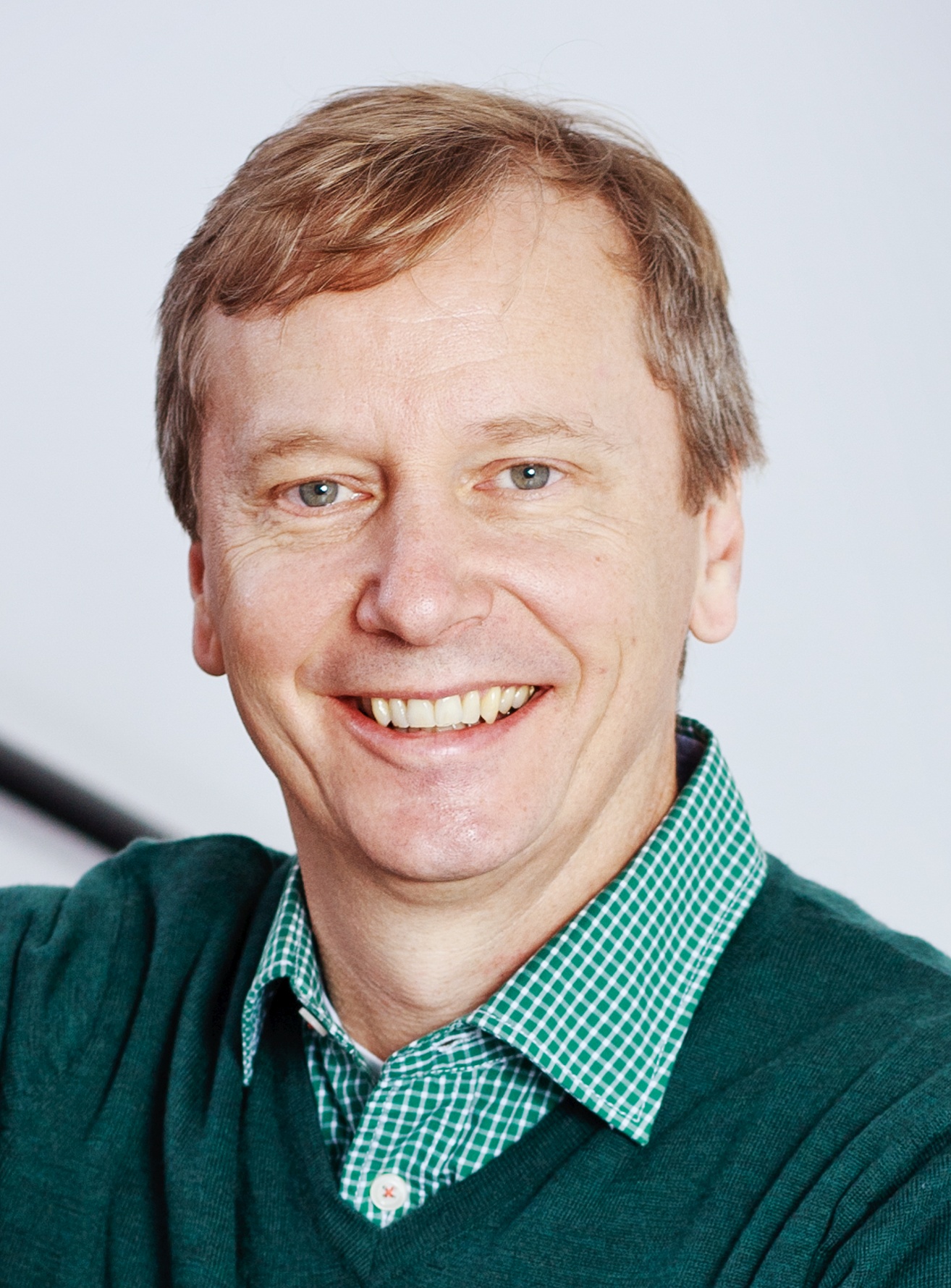
The data rate of wireless access technology has been increasing by 10x every 5 years. At the start of 5G it will be surpassing 1Gb/s for cellular, and 100Gb/s for WLAN access. Hence, data rates of 1Tb/s for wireless access are coming into sight. This creates the challenge of how to achieve a low-power modem solution at these ever increasing data rates. If, e.g., powered by USB or power-over-Ethernet, a modem may only have available power budget of a few Watt. However, does digital signal processing, analog/digital conversion, or the RF transceiver pose the bottleneck? It turns out that alone traditional linear modulation and Nyquist sampling leads to a required power consumption for analog/digital conversion far beyond the available budget. Do we have to re-engineer our modems? Do we need to re-invent system theory for nonlinear operations? Some first answers shall be given, showing a pathway towards the feasibility of achieving 1Tb/s wireless. Let’s prepare for the 5G WLAN and 6G cellular speeds!
Talk Slides.
Gerhard P. Fettweis earned his Ph.D. under H. Meyr's supervision from RWTH Aachen in 1990. After one year at IBM Research in San Jose, CA, he moved to TCSI Inc., Berkeley, CA. Since 1994 he is Vodafone Chair Professor at TU Dresden, Germany, with 20 companies from Asia/Europe/US sponsoring his research on wireless transmission and chip design. He coordinates 2 DFG centers at TU Dresden, namely cfaed and HAEC, and the 5G Lab Germany.
Gerhard is IEEE Fellow, member of the German Academy of Sciences (Leopoldina), the German Academy of Engineering (acatech), and received multiple IEEE recognitions. In Dresden his team has spun-out fifteen start-ups, and setup funded projects in volume of close to EUR 1/2 billion. He has helped organizing IEEE conferences, most notably as TPC Chair of ICC 2009 and of TTM 2012, and as General Chair of VTC Spring 2013 and DATE 2014.
Matthew S. Grob
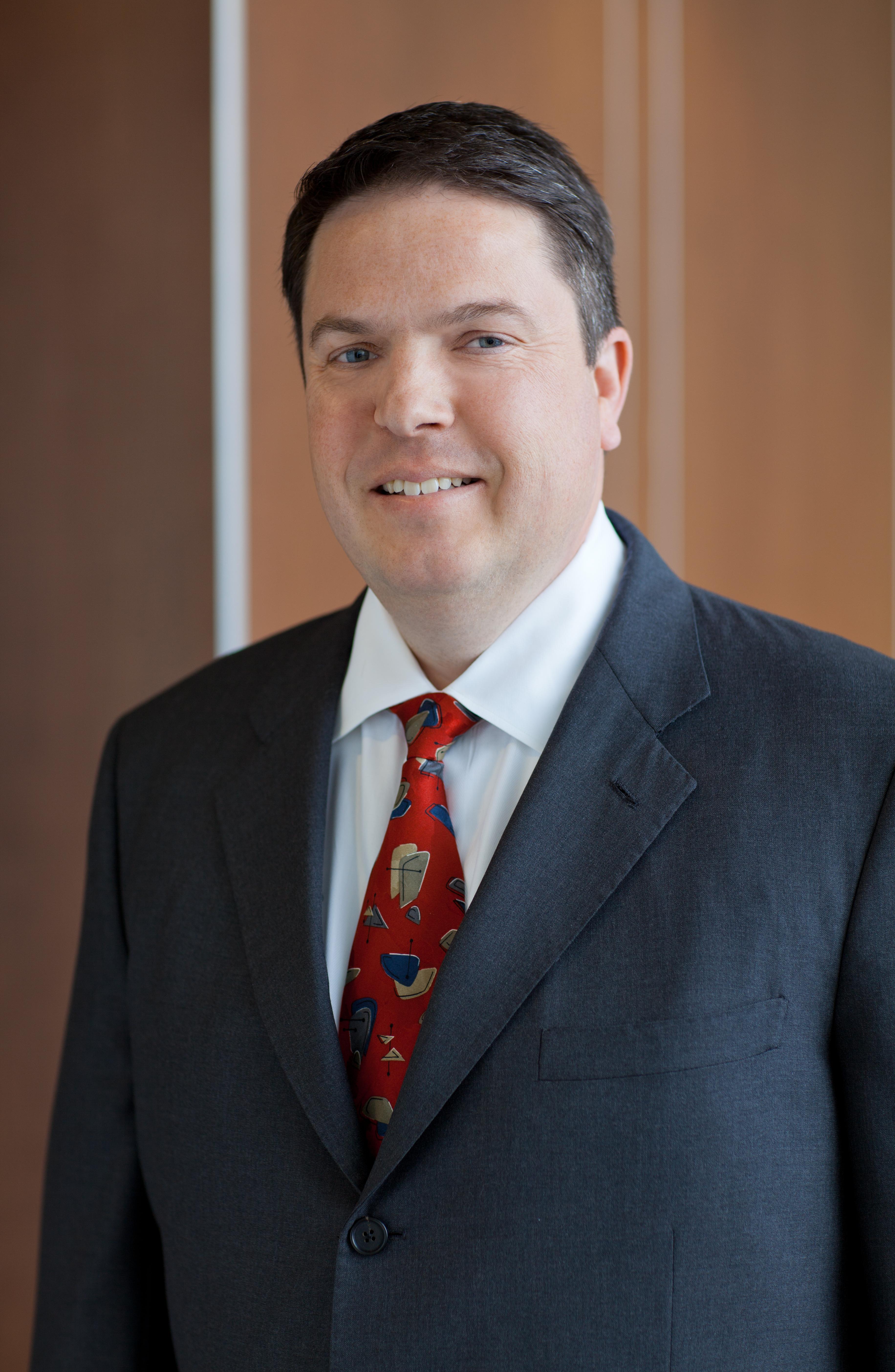
5G: What comes next?
The vision for 5G is compelling: a unifying connectivity fabric that will power an array of world-changing use cases and transform many industries. We are beyond talking about 5G vision, and well underway towards commercial network launches of the first 3GPP 5G New Radio (NR) specification – the global 5G standard. Learn about what new frontiers 5G will explore next as well as get an update on what technologies will be featured in upcoming trials, standardization and deployments of this transformational technology platform.
Matthew S. Grob - Executive Vice President, Qualcomm Technologies, Inc. and Chief Technology Officer
Matt Grob is executive vice president of Qualcomm Technologies, Inc., and chief technology officer. In this role, he is responsible for oversight of Qualcomm's technology path, coordination of R&D activities across the Company, and development of next-generation wireless and adjacent technologies. The Company’s broad portfolio of research areas includes advanced cellular and unlicensed band technologies, satellite systems, semiconductor technology, computer vision, machine learning, and security technologies. In addition, Grob also oversees Qualcomm Ventures and Qualcomm Corporate Engineering Services, and he is a member of Qualcomm’s executive committee.
Grob joined Qualcomm in 1991 as an engineer. His contributions include system design, standardization and project leadership for early CDMA data services; the Globalstar satellite based mobile voice and data system and later 1x EV-DO high-speed wireless Internet access technology. His focus on cellular data services led to his assignment as co-project engineer for the HDR (High Data Rate) program starting in 1997. This new high-speed Internet access technology became standardized as 1x EV-DO and was commercialized throughout the world. Innovations and techniques from these programs also helped UMTS’ evolution to HSPA. In 1998, Grob was promoted to lead the Company’s R&D system engineering group and in 2006, he became in charge Qualcomm’s Corporate R&D division, now known as Qualcomm Research.
Grob holds a Master of Science in electrical engineering from Stanford University and a Bachelor of Science in electrical engineering from Bradley University. He is a member of the IEEE and holds more than 70 patents.
Chih-Lin I
Driven ultimately by efficiency, the CT industry has been relying on customized platforms and special-purpose equipment. The wireless and mobile systems of 1G through 4G also relied on these specialized platforms and equipment. On the other hand, the need for agility and forward compatibility in the 5G era has shed light on the importance of being “soft” going forward. This talk will highlight the exciting and challenging journey of the deep CT+IT+DT convergence; as well as the progress of an emerging end-to-end SDX for 5G, threading through CN, RAN, and AI.
Chih-Lin I received her Ph.D. degree in electrical engineering from Stanford University. She has been working at multiple world-class companies and research institutes leading the R&D, including AT&T Bell Labs; Director of AT&T HQ, Director of ITRI Taiwan, and VPGD of ASTRI Hong Kong. She received the IEEE Trans. COM Stephen Rice Best Paper Award, is a winner of the CCCP National 1000 Talent Program, and has won the 2015 Industrial Innovation Award of IEEE Communication Society for Leadership and Innovation in Next-Generation Cellular Wireless Networks.
Talk Slides
Since joining NI in 1997, Starkloff has held leadership positions across the marketing organization, including leading teams that pioneered industry adoption of systems platforms such as PXI and CompactRIO.
Starkloff invests his time in science, technology, engineering, and math (STEM) education by serving on the advisory board for the Bradley Department of Electrical and Computer Engineering at Virginia Tech and the board of directors for Urban Roots, an Austin-based sustainable agriculture program to transform the lives of young people. Starkloff holds a bachelor's degree in electrical engineering from the University of Virginia.
2017 promises to be a transitional year for 5G. Air interface and core network concepts defined both on a proprietary basis and by pre-standards forums will be deployed in trial configurations at scale. This will allow direct field performance assessment of 5G enhanced mobile broadband services at both sub-6GHz and mm-wave frequencies, and point the way towards commercial 5G deployments and services. This presentation there will first assess the resulting state-of-the-art in 5G air interface design, including the technical components and schedule of the emerging 3GPP New Radio specification. We then consider, on a regional basis, the state of global 5G spectrum availability including access mechanisms and coexistence requirements before moving to assess current progress and key challenges in implementing 5G, including trends in silicon, in RF and baseband implementations in devices and radio access infrastructure, and in core network design. We close with a look forward to the critical 2018-2020 period, when the world’s first operational 5G systems will emerge.
Asha R. Keddy is Vice President in the Client and Internet of Things Businesses and Systems Architecture Group and General Manager of Next Generation and Standards at Intel Corporation. She is responsible for fostering innovation and industry standards in mobile communications, including investigating and developing new technologies, ecosystem intelligence and collaboration, and translating those activities into products. Her organization’s areas of focus include designing and developing tomorrow’s mobile technologies to create the future for the wireless ecosystem (4.5G to 5G, connectivity evolutions and platform evolutions) and translating these into products. Focus areas span driving a holistic end-to-end approach and technology office functions that include all forward looking components of Intel’s Communication and Devices Group such as RF, hardware, algorithms, systems, modems, early prototypes and platforms, as well as wireless standards. She holds multiple patents in mobile broadband technologies, with additional patents pending.

Talk Slides
President of Bell Labs and Corporate Chief Technology Officer, Nokia
As President of Bell Labs and Corporate Chief Technology Officer, Marcus Weldon is responsible for coordinating the technical strategy across the company and driving technological and architectural innovations into the portfolio.
Marcus is considered one of the luminaries in our industry in terms of the clarity, depth and breadth of his vision, and his track of picking the right technological disruptions and opportunities, from vectoring for copper access, to the evolution to LTE overlay and Small Cells, to the emergence of virtualization and SDN as profound industry changing forces and the movement towards edge cloud architectures. He combines this vision with the power of Bell Labs, to create a unique innovation engine whose goal is to ‘invent the future’ of the networking and communications industry.
Commenting on this joint role, Marcus said: “We are in a unique period in human history where we are on the verge of a new technological revolution defined by the digitization and connection of everything and everyone. This will require 100-fold or more improvement in network scale, flexibility, programmability and cost per bit. And in order to achieve these goals, the cloud will merge with and move to the edge of the network, and device functionality will similarly be increasingly be implemented in this ‘cloud integrated network’. These types of big networking challenges are quintessential ‘Bell Labs challenges’ and we are rising to meet them as we have for the better part of 90 years by fundamental technological breakthroughs that have the potential to be 10 times better than those available today in any key dimension.”
Marcus holds a B.S in Chemistry and Computer Science from King’s College, London, and a Ph.D. degree in Physical Chemistry from Harvard University. In 1995, he joined the Physics Division at AT&T Bell Labs as a post-doctoral researcher, before becoming a Member of Technical Staff in the Optical Materials Division. He won a series of scientific and engineering society awards for his work on electronic and optical materials.
He was selected as one of the Global Telecoms Business Power 100 of the most influential people in ICT in 2014 and one of their ‘Top CTOs to watch in 2015’. He was a member of the Executive Board of ATIS (Alliance for Telecommunications Industry Solutions) and a member of the former FCC Open Internet Advisory Committee. He is on the Board of Trustees of the Liberty Science Center in New Jersey and an advisor to select Venture Funds. He is the editor of the recent book “The Future X Network: A Bell Labs Perspective” (Taylor and Francis, 2015).
Yongxing Zhou
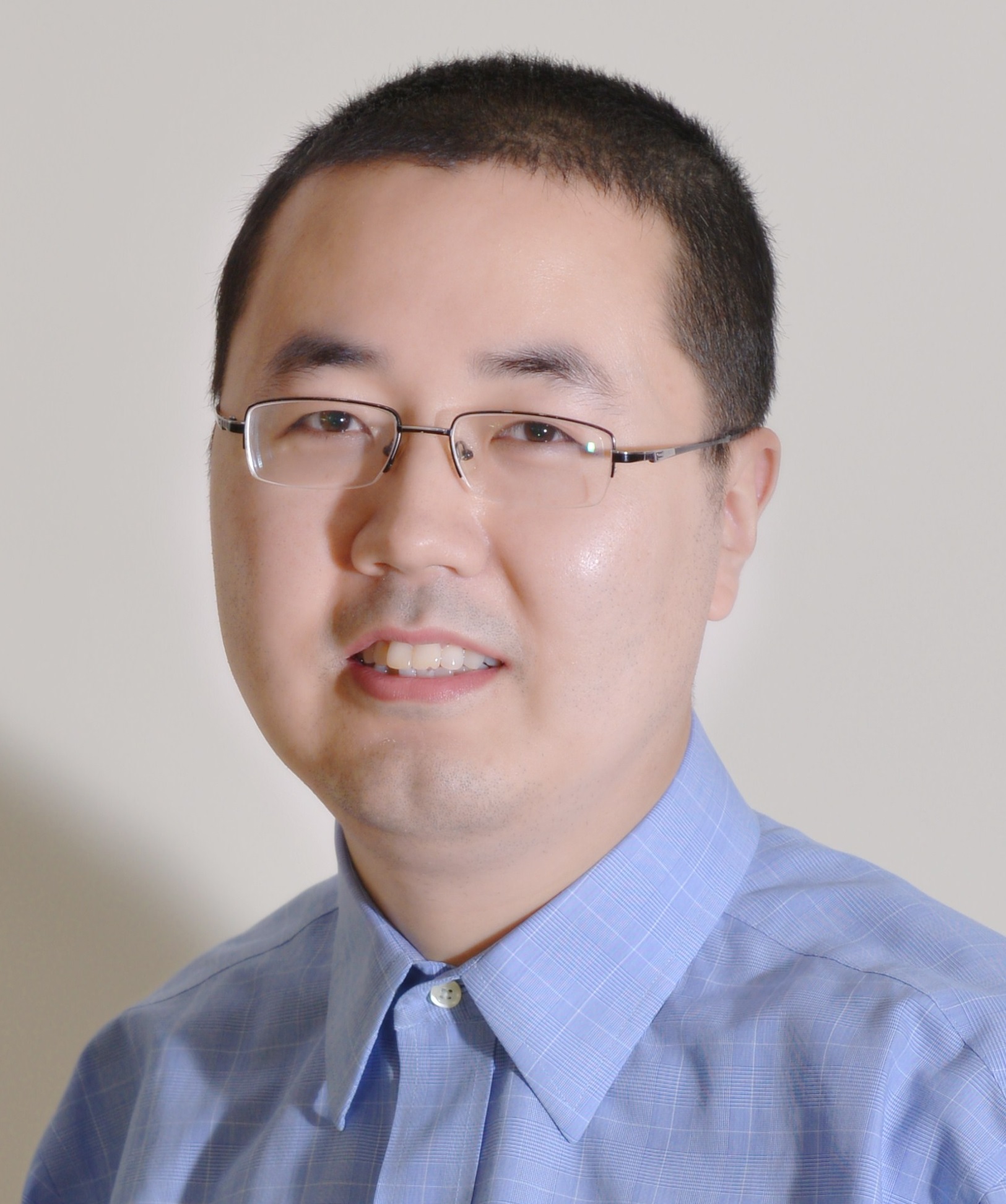
The Future Radio Access Technologies
The new connected digital society with varieties of heterogeneous services (MBB and the IoT) provision has brought unprecedented challenges to future radio access and mobile core networks. Technology and spectrum innovations have to meet those diversified requirements for specific application scenarios within an integrated/unified radio access technology framework. This talk will illustrate the transformation from spectrum efficiency to service-specific evaluation metrics is needed. Key technology enablers will also be analyzed and evaluated to accelerate business success of 5G and the IoT.
Talk Slides
Vice President, Huawei Wireless Radio Access Technology Department
Yongxing Zhou is Vice President of Huawei Wireless Radio Access Technology Department and Head of MIMO and Spectrum Research Competency Center. He is currently working on 3GPP LTE-Pro and 5G technologies. Prior to 2014, he headed Huawei 3GPP LTE Standardization Team and particularly led development of LTE and LTE-Advanced technologies such as MIMO, FD-MIMO, CoMP, 3D channel modeling, ePDCCH and FDD/TDD Carrier Aggregation etc. Dr. Yongxing Zhou has more than 100 issued patents.
Before joining Huawei, he was with Samsung from 2002 to 2009 working on IEEE 802.22, IEEE 802.11n standard and implementations as well as TDD related research. He received his Ph.D degree from Tsinghua University, China.
